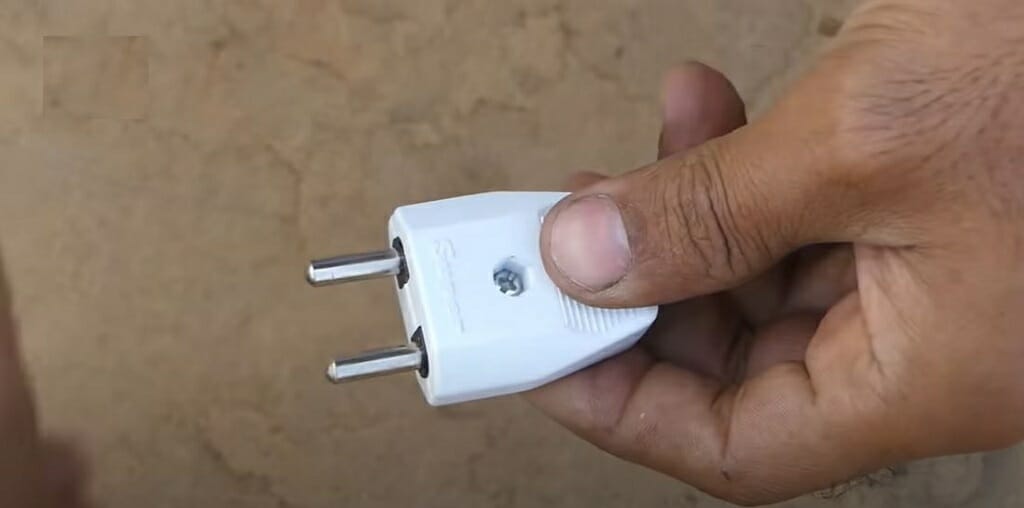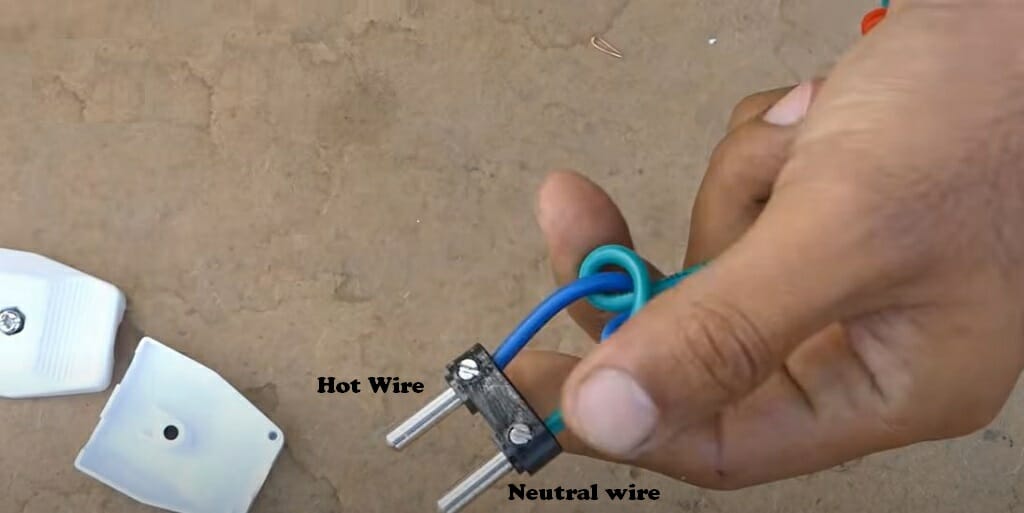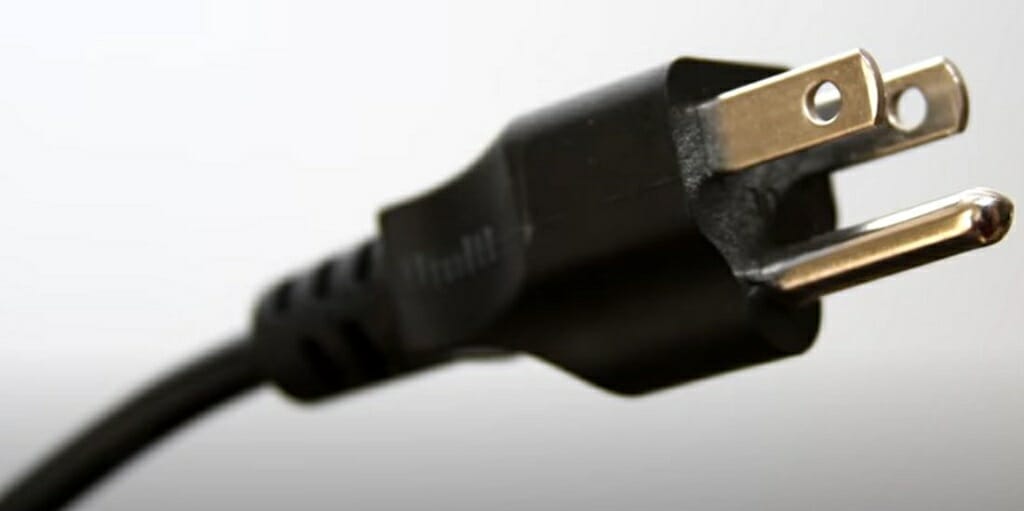Which Wire is Hot on a Two Prong Plug? (Small Prong vs Large)

In this guide, you’ll learn which wire is hot on a two prong plug and how important to identify it.
Identifying the hot wire on a two-prong plug comes with many benefits. For instance, when wiring a receptacle, that kind of knowledge will come in handy.
In general, modern two-prong plugs come with two different prongs. The smaller prong connects to the hot wire, and the larger one connects to the neutral wire.
Continue reading the below guide for more details.
Need to Know Things about Two Prong Plugs
Sometimes, you might have to wire a receptacle for a two prong plug by yourself. When that happens, you should understand the hot and neutral wire connection well. The receptacle should be wired correctly. But how do you do that?
For this, you need a good understanding of the two prongs of the plug. One is hot, and the other is neutral. I’ll explain how you can identify them correctly in the next section.
How to Identify the Hot Wire in a Two Prong Plug?

The most modern two-prong plug comes with two different-sized prongs. One is smaller, and one is large. The smaller prong is the hot one. And the larger prong is for the neutral connection.
So, when wiring a two-prong plug receptacle, you should connect the hot wire to the receptacle hole to which the smaller prong connects. And connect the neutral wire to the other hole on the receptacle.
Tip: The black wire is the hot one, and the white wire is the neutral one.
History of Two Prong Plugs
Nowadays, you can buy a modern two prong or three prong plug from your local hardware store.
But when electricity was new, these plugs came with a different outlook. For instance, in the early days, the two prong plugs had the same-sized prongs. And there was no proper arrangement.
But the risk of having electrical shock and fires was too high. Because of that, NEC introduced the three-prong plugs.
Why Three Prong Plugs?

Using a two prong plug with identical prongs caused lots of safety hazards. So, NEC changed its ruling and introduced the three prong plug. This three prong plug came with a ground wire. The third prong was the ground, avoiding any shock or electrocution.
However, nowadays, you can see more and more two-prong plugs being used in common households. These modern two prong plugs are different from the earlier versions. Unlike the earlier versions, modern two-prong plugs come with one small and one large prong.
The smaller prong is the one that connects with the hot wire, and the larger one connects to the neutral wire. These plugs are known as polarized plugs, and the earlier version is known as non-polarized plugs.
This change was great; because of it, you know how to wire a new receptacle for a two-prong plug.
Working Mechanism of Polarized Plugs
Nowadays, most US households use polarized plugs for lots of light-duty appliances. These appliances with polarized plugs are wired in a very specific method. Manufacturers wire these plugs so that electricity only travels in one direction. And here is the advantage of this one-way electricity technique.
If we consider a non-polarized plug, it can get energized even if the switch is off (while connecting to the receptacle). This happens because of the reverse polarity. You might get shocked or electrocuted while using non-polarized plugs.
But when it comes to polarized plugs, the circuit won’t get energized until you turn on the switch. So, the risk of getting shocked or electrocution is very low here.
Tip: Lamp sockets also make good use of polarization. For instance, the hot wire connects to the nub and the neutral wire to the threads. Because of this, you can touch the socket without getting electrocuted while the lamp switch is on.
Video References
Mehboob Electric DIY
ZachAnswers
